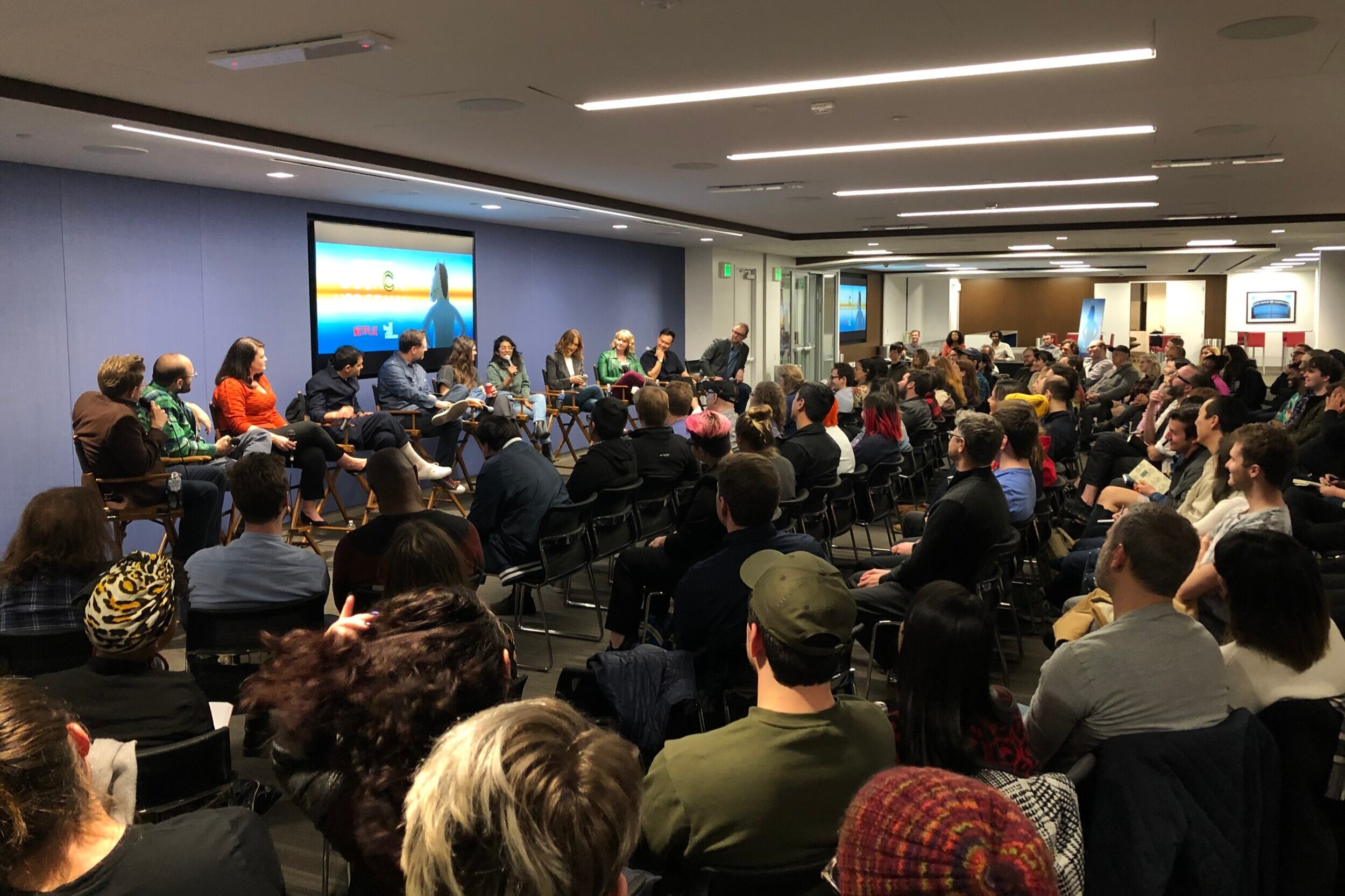
Blog Posts by Date
- March 2025
- February 2025
- January 2025
- December 2024
- November 2024
- September 2024
- May 2024
- March 2024
- January 2024
- December 2023
- November 2023
- October 2023
- September 2023
- April 2023
- March 2023
- February 2023
- January 2023
- December 2022
- October 2022
- July 2022
- June 2022
- May 2022
- March 2022
- February 2022
- January 2022
- December 2021
- November 2021
- October 2021
- August 2021
- May 2021
- April 2021
- March 2021
- February 2021
- January 2021
- December 2020
- November 2020
- October 2020
- September 2020
- August 2020
- July 2020
- June 2020
- May 2020
- April 2020
- March 2020
- January 2020
- December 2019
- November 2019
- October 2019
- September 2019
- August 2019
- June 2019
- May 2019
- December 2018
- October 2018
- September 2018
- August 2018
- July 2018
- June 2018
- May 2018
- February 2018
- January 2018
- December 2017
- November 2017
- October 2017
- September 2017
- August 2017
- July 2017
- June 2017
- May 2017
- April 2017
- March 2017
- February 2017
- January 2017
- December 2016
- September 2016
- August 2016
- July 2016
- June 2016
- March 2016
- February 2016
- January 2016
- December 2015
- November 2015
- October 2015
- September 2015
- August 2015
- July 2015
- June 2015
- May 2015
- April 2015
- February 2015
- January 2015
- December 2014
- November 2014
- October 2014
- September 2014
- August 2014
- July 2014
- June 2014
- May 2014
- April 2014
- March 2014
- February 2014
- January 2014
- November 2013
- October 2013
- September 2013

Listen: Inside the Writers Room with BoJack Horseman
On January 14, we sat down with BoJack Horseman creator and showrunner Raphael Bob-Waksberg and writers Elijah Aron, Minhal Baig, Joanna Calo, Rachel Kaplan, Peter Knight, Shauna McGarry, Mehar Sethi, Jonny Sun, Alison Tafel and moderator Adam Conover (Adam Ruins Everything) for a discussion about crafting stories through the Netflix Original adult animated comedy’s six seasons and developing the show’s unique and memorable characters. Listen to the hilarious and insightful discussion!

10 out of '10s: Our Favorite Scripts of the Decade
As we sign off for the decade, we’d like to give you one final list of scripts we recommend—some of the scripts that defined the past 3,650 days for us.
But, if you’re looking to improve your storytelling sensibility (and, as a writer, shouldn’t you always be looking to improve this?) here are 10 scripts that deepened our feelings, gave us a better understanding of the craft and changed our perception of what is possible in writing for the screen.
